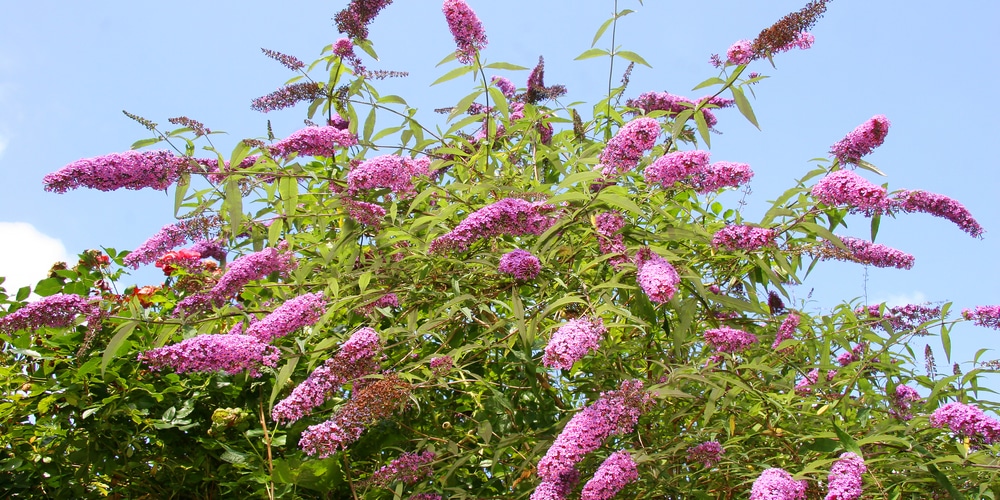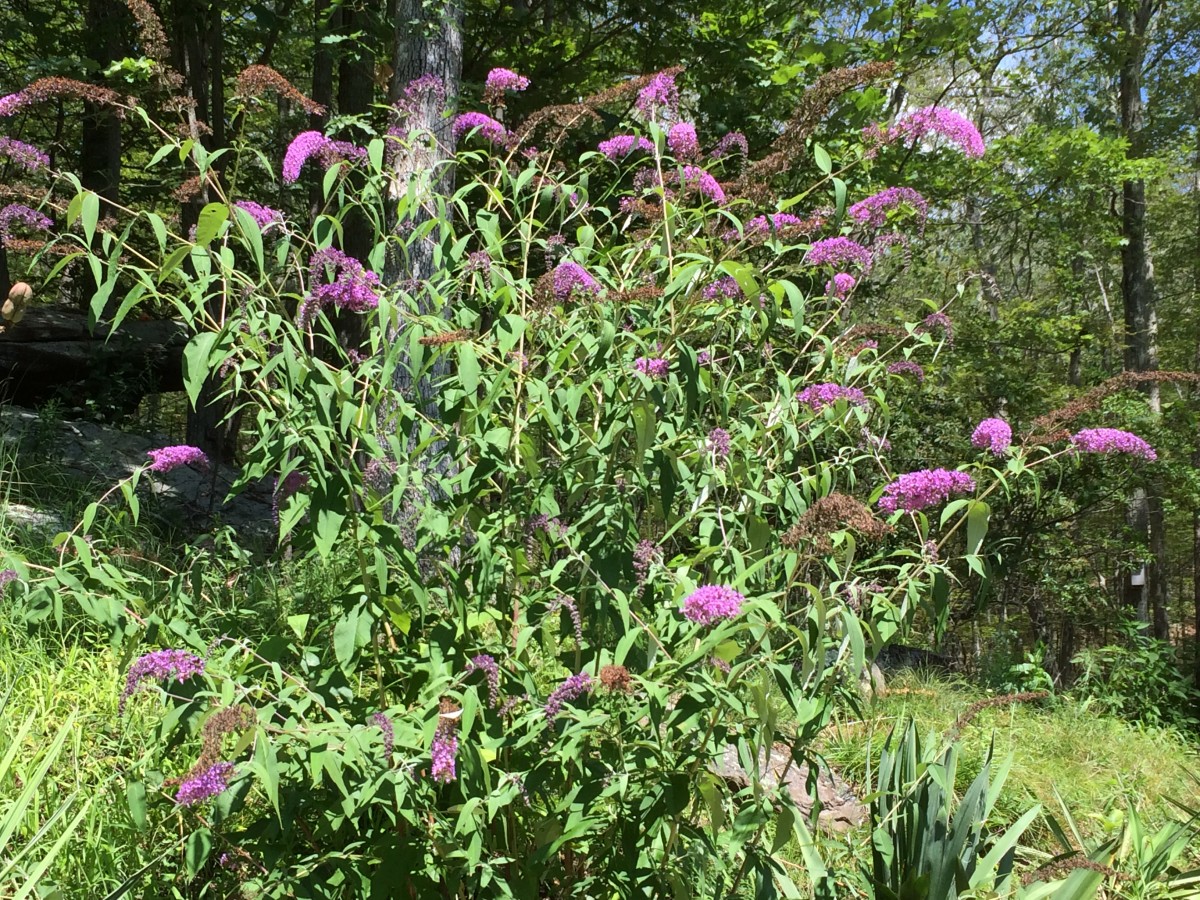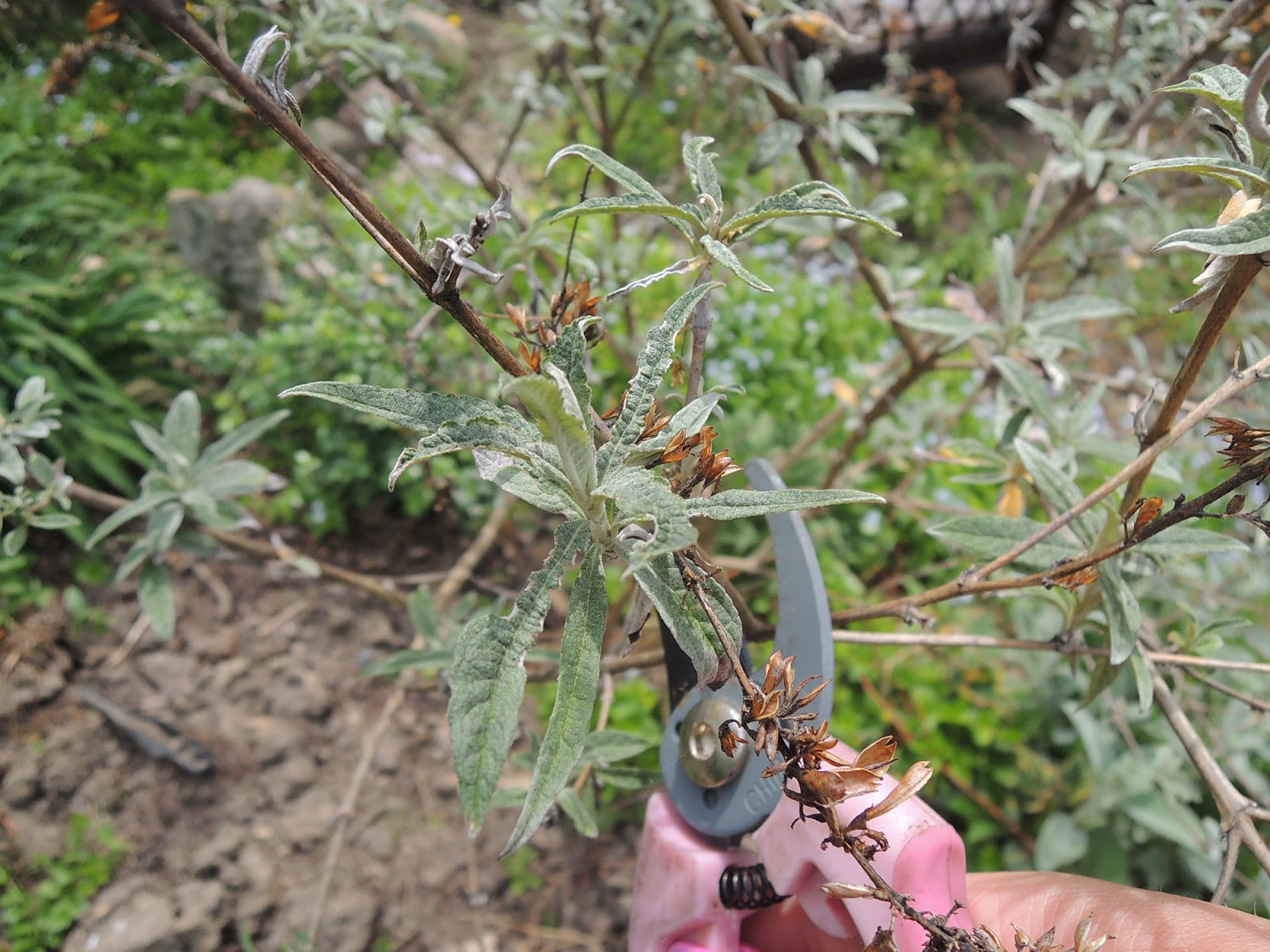Why Pruning is Crucial for Butterfly Bush Health
Butterfly bushes require regular pruning to maintain their overall health and appearance. Pruning plays a vital role in promoting healthy growth, encouraging blooming, and preventing disease. By pruning, gardeners can remove dead or damaged branches, allowing the plant to focus its energy on producing new growth and flowers. This, in turn, can lead to a more robust and resilient plant, better equipped to withstand pests and diseases. Furthermore, pruning helps to maintain the shape and size of the butterfly bush, preventing it from becoming leggy or unruly. When to prune a butterfly bush is crucial, as pruning at the wrong time can cause more harm than good. By understanding the importance of pruning and when to prune, gardeners can enjoy a thriving butterfly bush that attracts pollinators and adds beauty to the garden.
Identifying the Right Time to Prune Your Butterfly Bush
Timing is everything when it comes to pruning butterfly bushes. Pruning at the wrong time can cause more harm than good, while pruning at the right time can promote healthy growth, encourage blooming, and prevent disease. So, when to prune a butterfly bush? The ideal time to prune butterfly bushes is during the late winter or early spring, before new growth begins. This allows the plant to focus its energy on producing new growth and flowers, rather than wasting energy on repairing damaged branches. Additionally, pruning during this time helps to prevent the spread of disease and pests, which can be more prevalent during the growing season. Look for signs such as dead or damaged branches, crossing stems, and uneven growth patterns to determine when pruning is necessary. By pruning at the right time, gardeners can enjoy a thriving butterfly bush that attracts pollinators and adds beauty to the garden.
How to Prune Your Butterfly Bush for Maximum Blooms
To promote blooming and maintain the overall health of your butterfly bush, pruning is essential. Here’s a step-by-step guide on how to prune your butterfly bush for maximum blooms: First, remove any dead or damaged branches, as these can harbor disease and pests. Cut back stems to about one-third of their height, making clean cuts just above a leaf node. This will encourage new growth and promote blooming. Next, remove any dead flowers, also known as deadheading, to encourage the plant to produce more blooms. Finally, shape the plant to maintain its natural form and promote air circulation. When to prune a butterfly bush is crucial, and pruning in late winter or early spring allows the plant to focus its energy on producing new growth and flowers. By following these steps, gardeners can enjoy a thriving butterfly bush that attracts pollinators and adds beauty to the garden.
The Benefits of Pruning for Pest and Disease Control
Pruning is a crucial aspect of butterfly bush care, not only for promoting healthy growth and blooming but also for preventing pest and disease issues. By removing dead or damaged branches, gardeners can prevent the spread of disease and pests, such as aphids, whiteflies, and spider mites, which can weaken the plant and reduce its blooming potential. Regular pruning also helps to improve air circulation, reducing the risk of fungal diseases that thrive in humid environments. Additionally, pruning can help to identify common problems, such as powdery mildew, leaf spot, and root rot, allowing gardeners to take prompt action to prevent their spread. By incorporating pruning into a comprehensive care routine, gardeners can enjoy a healthy and thriving butterfly bush that attracts pollinators and adds beauty to the garden. Remember, when to prune a butterfly bush is crucial, and pruning at the right time can make all the difference in preventing pest and disease issues.
Pruning Techniques for Different Butterfly Bush Varieties
Butterfly bushes come in a range of varieties, each with its unique characteristics and pruning requirements. Compact and dwarf varieties, such as ‘Miss Molly’ and ‘Blue Chip’, require lighter pruning to maintain their shape and promote blooming. These varieties can be pruned in late winter or early spring, removing any dead or damaged branches and shaping the plant to maintain its natural form. Tall varieties, such as ‘Black Knight’ and ‘Pink Delight’, require more extensive pruning to control their size and promote blooming. These varieties can be pruned in late winter or early spring, cutting back stems to about one-third of their height and removing any dead or damaged branches. Additionally, some butterfly bush varieties, such as ‘Lo & Behold’ and ‘Pugster’, are more prone to spreading and may require regular pruning to maintain their shape and prevent overcrowding. By understanding the specific pruning needs of different butterfly bush varieties, gardeners can enjoy a thriving and blooming plant that attracts pollinators and adds beauty to the garden. Remember, when to prune a butterfly bush is crucial, and pruning at the right time can make all the difference in promoting healthy growth and blooming.
Common Pruning Mistakes to Avoid with Butterfly Bushes
While pruning is essential for maintaining the health and appearance of butterfly bushes, it’s equally important to avoid common pruning mistakes that can harm the plant. One of the most common mistakes is over-pruning, which can stress the plant and reduce blooming. This can be avoided by pruning only what is necessary to maintain the plant’s shape and promote healthy growth. Under-pruning, on the other hand, can lead to a leggy and unkempt appearance. Pruning at the wrong time, such as during the active growing season, can also cause more harm than good. Pruning in the fall, for example, can stimulate new growth that may not have time to harden off before winter, making the plant more susceptible to damage. Additionally, pruning too much of the plant’s foliage can reduce its ability to photosynthesize and produce blooms. By avoiding these common pruning mistakes, gardeners can ensure their butterfly bushes remain healthy, thriving, and blooming beautifully. Remember, knowing when to prune a butterfly bush is crucial, and pruning at the right time can make all the difference in promoting healthy growth and blooming.
Pruning as Part of a Comprehensive Butterfly Bush Care Routine
Pruning is just one aspect of a comprehensive care routine for butterfly bushes. To keep these plants thriving, it’s essential to combine pruning with other essential care practices. Fertilizing, for example, provides butterfly bushes with the necessary nutrients to promote healthy growth and blooming. A balanced fertilizer applied in the spring and summer months can help support the plant’s growth and encourage blooming. Watering is also crucial, as butterfly bushes require consistent moisture to perform well. Aim to provide about 1 inch of water per week, either through rainfall or irrigation. Mulching around the base of the plant can help retain moisture, suppress weeds, and regulate soil temperature. Additionally, deadheading, or removing spent flowers, can help encourage more blooming and maintain the plant’s appearance. By combining pruning with these other care practices, gardeners can create a comprehensive care routine that supports the overall health and appearance of their butterfly bushes. Remember, knowing when to prune a butterfly bush is crucial, and pruning at the right time can make all the difference in promoting healthy growth and blooming.
Pruning for Shape and Size Control
One of the most versatile aspects of pruning butterfly bushes is its ability to control the shape and size of the plant. By pruning strategically, gardeners can create a variety of decorative shapes and sizes that add visual interest to the garden. For example, pruning can be used to create a hedge or screen, providing privacy and blocking unwanted views. To achieve this, prune the butterfly bush regularly to maintain a uniform shape and size, removing any stray stems or branches that grow outside of the desired shape. Topiaries, or ornamental shapes, can also be created through pruning. This involves pruning the plant into a specific shape, such as a sphere or cone, and maintaining it through regular pruning. Additionally, pruning can be used to control the overall size of the plant, keeping it compact and bushy or allowing it to grow taller and more sprawling. By understanding how to prune for shape and size control, gardeners can unlock the full potential of their butterfly bushes and create a beautiful, unique landscape feature. Remember, knowing when to prune a butterfly bush is crucial, and pruning at the right time can make all the difference in achieving the desired shape and size.








